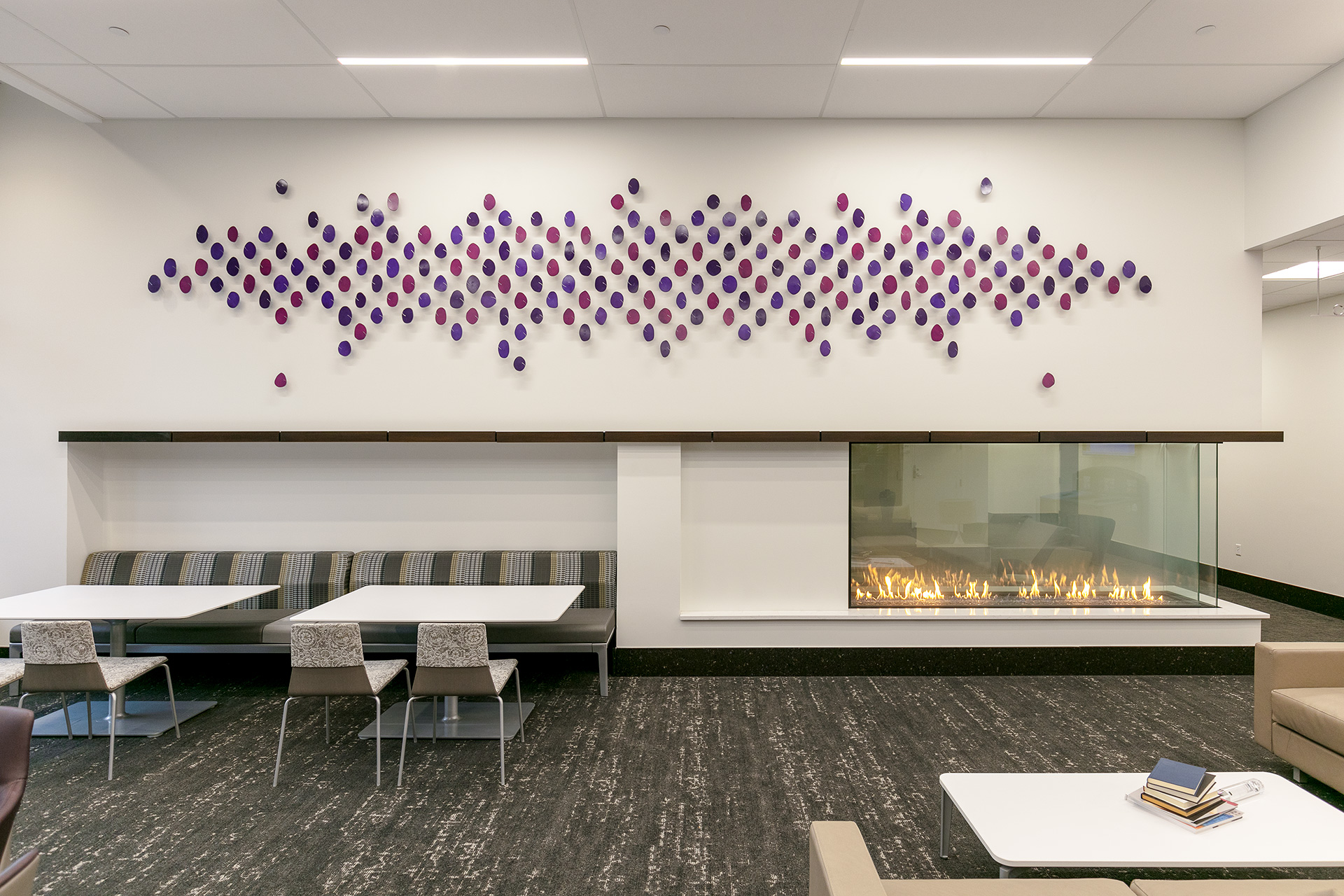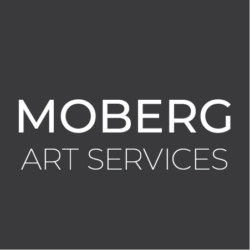Kallitype Process
The Kallitype is an alternative photo process developed in England in 1842 and patented in 1889. It involves a sensitizer mixture of iron salts and silver nitrate. The sensitizer is mixed and coated onto paper; a negative is placed on the paper under glass and exposed to ultraviolet light, then developed in a complex process. My method is rather than use a negative, to collect plants, primarily native from the wild, and expose these plants under sunlight. This is a contact process, meaning the image is full size.
Other antique photo processes include Platinum, Palladium, Cyanotype and Albumen prints, all of which I have worked with. What fascinates me about the Kallitype as opposed to other processes is the range of tonalities achieved through conditions such as heat, humidity, time of day, time of year, temperature, choice of paper, the variety of coating mixtures I use, sometimes adding metals such as gold chloride. But more than anything else is the action between the unique chemistry in the plants themselves and all the above factors. Through this process, I have obtained colors as varied as reddish brown, gold, red, gray, black, yellow, pink. Because of all the variables, I rarely know what the result will be, and this in itself is fascinating and exciting.
I have printed in California, Wyoming, Arizona, Montana, New York State, Illinois and in 2008 and 2009 at the Neal Smith Wildlife Refuge near Prairie City, Iowa. Each area of course has its own ecosystems and thus wildly differing plants. When this work began, I used only small plants. Over time I developed methods of printing larger and am now able to make full size diptychs, triptychs, and polyptychs, some as large as 90 inches.
I often think of this work as conservationist in nature. Through learning about, speaking about and giving seminars on wild plants and this process, I feel I am educating people about native plants, how precious and beautiful they are and how in peril.
Conversation with Jim Duncan for DSM Magazine
Q: Your life story has taken a long strange back to Iowa. Can you tell us about that.
A: Well I grew up in Iowa. I went to school in Normandy at first with the intention of staying in Europe but after college I applied to some schools in the states and got a scholarship to Bennington. So I came back and ended up living seven years in Vermont, five years after I graduated. My degree was in French and photography and making a living in Vermont was difficult. So photography became a hobby for the sake of paying the bills.
Then in 1992, for whatever reason I still am not sure, I started photographing again. I shot a horsemanship clinic in Wyoming and that let to a seven years project on American ranch life. So I spent a good portion of my life traveling back and forth between the east coast and the west. At the time my husband was writing a book about (real life horse whisperer) Buck Brannaman. So I ended up spending a lot of time with horses, riding and photographing on ranches from Wyoming all the way down to the Mexican border. That became a book (Straight West: Portraits and Scenes from American Ranch Life) in 2000.
A lot of the images for that book had been done in palladium which I had taught myself to do in the early 90’s. So in 2000 I was pretty burned out on the whole documentary thing and one day I told my husband that I was going to go out and weed the garden. We had bought a farm. The woman who had lived there the previous 40 years had been quite a gardener so I thought I should too. As I began looking at the plants, I thought they were interesting. So I asked myself what I could do with them and I thought, with them laying in the sun, I could do palladium.
Then I decided I wanted more color because with platinum you get black and white and sepia tones and that’s about it, with no real details. So I began experimenting with different chemicals and chemical-paper combinations and I noticed that my real focus was on native plants: So it all began gelling. The work started selling too. Originally I was doing just single panels then I moved into diptyches and triptychs.
My husband was teaching at Pomona College in the summers then so I was fortunate to be accepted into (Rancho Santa Ana Botanical Park) a native plant garden in Claremont that is a national treasure. And I was allowed to collect native plants there like I had done in Wyoming while I was a resident at Ucross Foundation (art colony). I began sending images of the plants to the organizations as thank you’s and they began collecting them, or selling them as fundraisers. Later I was a resident twice at Ragdale Foundation in Illinois and they used my images in fundraising. Neal Smith ( National Wildlife Refuge Prairie Learning Center in Iowa) did the same. That was before I moved back to Iowa. I moved here in August (2010) after 35 years of living in one place and traveling around everywhere else. I still have a storage unit in California that I have had for five years.
Q: Did you know (writers) E. Annie Proulx or Gretel Erlich at Ucross?
A: Oh, they were both fixtures there but not really. I was a resident though with Liz Gilbert and I actually read her manuscript for “Eat, Pray, Love” before it was published.
Q: Your primary medium is Kallitype, or “sun prints,” a process which originated in the 1840’s. How did you happen to resurrect a 170 year old technology?
A: I was already working in platinum palladium. In 1992 I was a non working photographer when my husband and I began collecting platinum images from a gallery that dealt exclusively in platinum images. I just realized this is what I wanted to be doing. So I taught myself that process, which went back to the nineteenth century. Then I started reading about other alternative processes and decided I wanted to play around with it. I was already going in the opposite direction from all the other photographers who were starting to leave the dark room and get into digital images with printers. I think maybe I am a frustrated painter. These old processes make me much happier than sitting at a computer.
Q: Do you think your choice of subjects has influenced your choice of media? Sun prints seem to continue the process that native plants began growing in the sun.
A: I think of it as conservation. People look at my images and don’t think of them as photographic processes at all. By focusing on wild plants and native plants as much as possible, I think I am showing people something really beautiful that they may not have noticed before. And a lot of my subjects are really national treasures that are also very much at risk.
In Illinois and California, they are very much aware of that – you can get in serious trouble for collecting wild plants. There are lots of wild plants that are simply not collectible, period. Which is as it should be. I got arrested by the plant police twice in Illinois, even when I was positive I had permission for what I was doing – going out in a meadow to collect plants. They have more restored prairie in Illinois than anywhere I think and they really take it seriously. People are more cynical here. They are just starting to realize the value of it.
I have heard about these two and three acre plots of native prairie in Iowa but they are really secret. Working at Neil Smith is great though. They just give me freedom to work and no one follows me around suspiciously.


